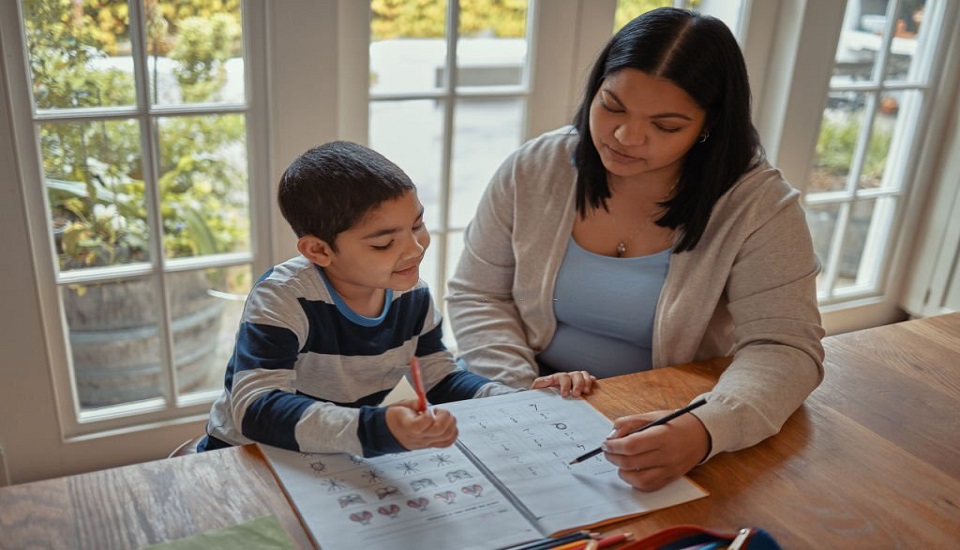5 Methods To Encourage Language Reciprocity In Autistic Children
21st July 2022

The autism spectrum disorders consist of a range of symptoms like problems in the verbal and nonverbal communication process, periodic behaviour or restricted interests along with the language reciprocity. As a skilled special education teacher, you need to encourage the language reciprocity among autistic children in your class. So, how will you do that?
Needless to say, children with autism do face a lot of difficulties to use language in a social approach. These are common in the social communication of children with autism spectrum disorder (ASD). The ability to carry on conversations is an essential skill to function in our social world. Indeed, in the literature on neurotypical development, communication that is social or not social is occasionally segregated.
In short, autism or ASD is stereotypically a developmental condition which stays among the children life-long. They go through several difficulties with communication practice, social dealings and limited or cyclical interests in behaviour. Sometimes, autism is accompanied by sensory issues. It doesn’t mean that children with autism are just not smart enough, undoubtedly, they have a wide range of challenges but they also have special abilities.
Major Characteristics of Early Communication in ASD
Here are some of the major characteristics of early communication in ASD ---
- Limited attention to the speech, including failure to respond to name
- Discrepancies in joint attention skills
- Reduced rates of communication
- Limitation in range of communicative goals
- Failure to recompense for lack of language with other forms of communication
- Deficits in symbolic behaviors apart from language
Try to identifythese in young children with ASD, then attempts to address this range of difficulties.
3 levels of Autism Spectrum explained
Intervention Methods for Language Reciprocity in Autistic Children
Here are some of the most effective ways through which you can encourage the language reciprocity among autistic kids.
Role Plays
Role-play and drama certainly provide numerous opportunities and practice for a variety of social communication aptitudes. Another common approach is the use of social stories like various pre-written and practiced stories that deliver structure and probability to social state of affairs.
Social stories offer a script that a child can use to steer certain social interactions. These may include how to greet others, how to respond to an invitation to play, what to do during teasing or bullying and so on.
Imitating or Mimicking
This technique works categorically well in developing the language knowledge among the children with autism spectrum. This method also boosts additional vocalizing and communication practices among the autistic children. Mimicking a child’s sounds and playing behaviour aids them in understanding the language knowledge more. Make sure you imitate or mimic so long as it’s a positive behavioural tactic.
Speech-language Therapy
This can be specific with targeted handling to boost the conversational skills such as turn-taking, maintaining topics, social opening, and asking questions to increase information. Nonverbal communication skills, such as eye gaze to understand the facial expressions and body language of others, should also need to be addressed. Conversational skills should be rapidly comprehensive to different social groups and then to bigger social prospects, such as a “lunch outing” or “recess club”.
Simplification
This is vital. If you really want to teach the autistic children effectively, it is essential for you to simplify your teaching language sessions. This helps and the child to follow in a better way what you’re saying. The child finds it easier to understand to reproduce your verbal communication. Nevertheless, if the child is nonverbal, try to communicate in single words and speak in short phrases.
Visual Supports
While teaching autistic children, visual aids are extremely helpful. You just cannot ignore this point. The assistive technologies along with visual holds can do a lot more than you can ever envisage. These can boost the development. You can integrate different devices and educational apps with pictures. The visual supports can encompass different attractive pictures that the child can use to indicate requests and feelings.
Conclusion
Children with ASD generally demonstrate significant shortages and differences in the area of social communication. SEN online courses program is something that is considerable. To conclude, it is more satisfying witnessing kids with autism being accepted for the person he/she is, not for what people think their identification means.
Written By : Debolina Chakraborty











